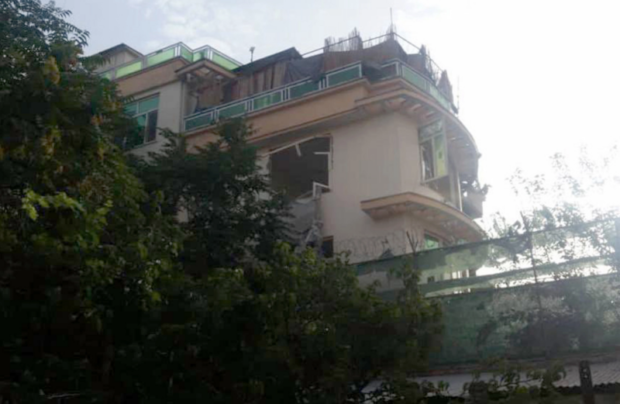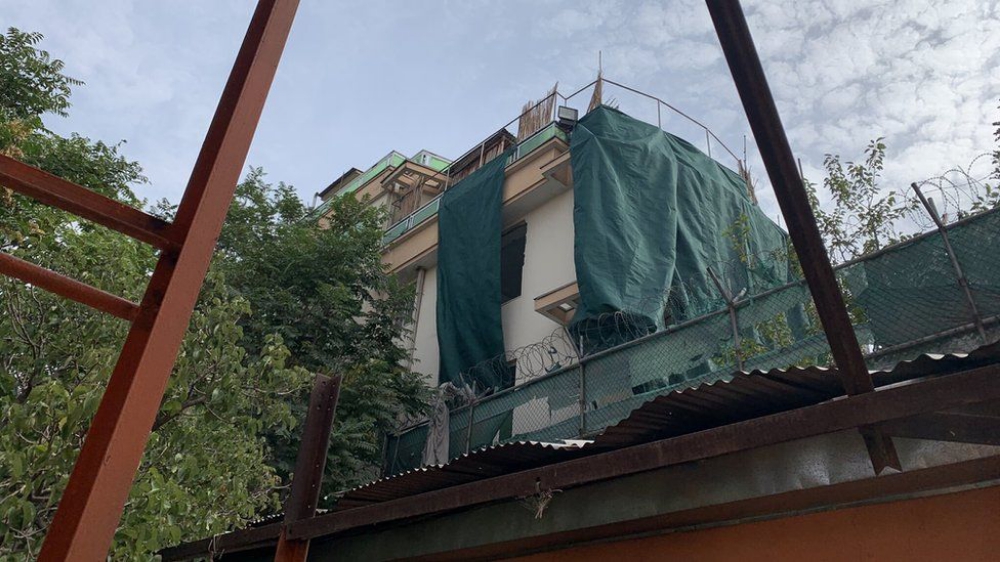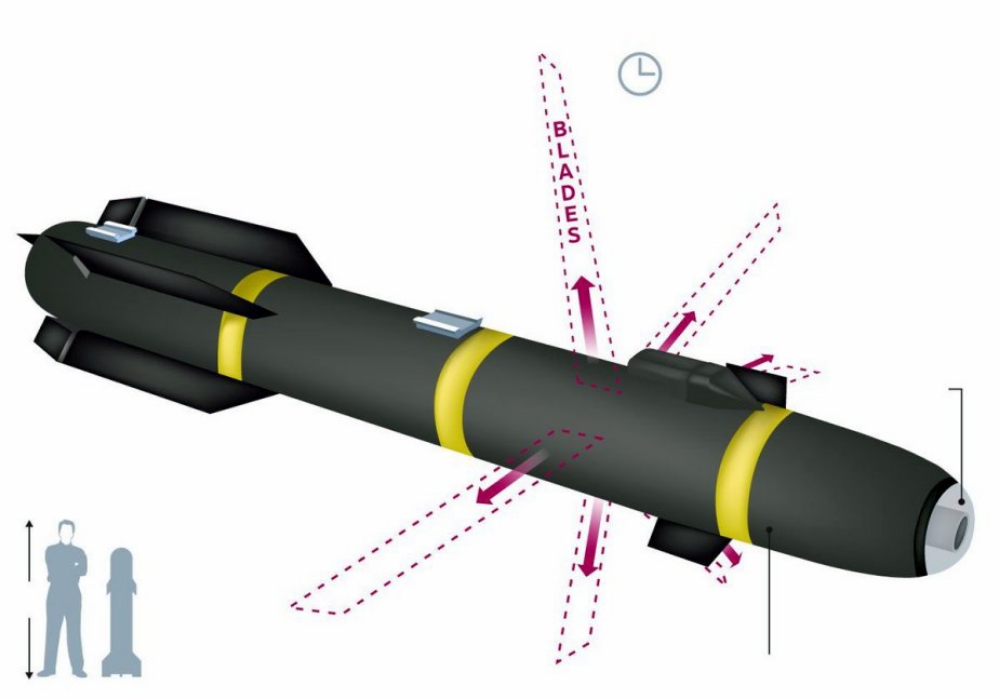The strike that killed Al Qaeda leader Ayman al-Zawahiri occurred at 9:48 p.m. Eastern time on Saturday July 30. Two AGM-114 R9X Hellfire missiles were fired from an MQ-9 Reaper at Zawahiri as he stepped onto the balcony of a safe house in the Shirpur neighborhood in Kabul, where he had been living with members of his family.
Intelligence agencies have concluded that Zawahiri was the only person killed in the strike and the other occupants of the building were unharmed.
The intelligence community had tracked Zawahiri to the safe house and spent months confirming his identity and developing a “pattern of life,” tracking his movements and behavior at the house – such as his balcony habit, an official said to reporters, studying how a strike could be carried out in such a way that it lessened the chances of killing any other occupants or civilians.
The house was owned by a top aide to senior Taliban leader Sirajuddin Haqqani, a senior intelligence official told AP, raising questions about whether al-Zawahiri had received sanctuary from the Islamist group following the botched US withdrawal from Afghanistan last year.
The official added that a CIA ground team and aerial reconnaissance conducted after the drone strike confirmed al-Zawahiri’s death.
The nature of the strike as described by a senior administration official signals that the U.S. may have used the R9X Hellfire variant, also known as the “Ninja” or “Flying Ginsu” missile, nicknamed for knives famously sold on TV in the 1980s. This variant has been used in the recent past to kill other extremist leaders.
Instead of a warhead, the R9X comes with 45 kg of reinforced metal in its tip with six extendable blades that open up close to impact. These blades are designed to shred the target upon impact without triggering a blast. The design makes it easier to take out an intended target, while lessening the likelihood of causing additional casualties.
Hellfire missiles are air-to-surface missiles initially designed for anti-armor strikes, but later versions have been used for precision drone strikes. The arms manufacturer Lockheed Martin developed the missiles with the name “Heliborne, Laser, Fire, and Forget Missile,” which evolved into the Hellfire missile, as it is now known.
The R9X variant was initially deployed in secret in 2017, according to a U.S. Army equipment guide, and was used to kill Abu Khayr al-Masri, a member of al Qaeda’s leadership. It was also used in 2020 drone airstrike reported in Idlib against another al Qaeda operative.
Sources: New York Post; CBS News;
PS
The drone was possibly launched from an airbase in Kyrgyzstan. Reports claimed that the attack was launched from Ganci Airbase, a US transit facility at Manas in northern Kyrgyzstan.
According to the US Department of Defence, Ganci is a former American military base in Kyrgyzstan, near the Bishkek international airport. It was operated by the US Air Force, which handed it over to the Kyrgyz military in June 2014.
Michael Kugelman, a scholar of South Asian affairs at the Wilson Center, Washington, noted that the drone strike has generated “lots of discussion” in the US on “Pakistan’s possible role” in the raid.
“I wouldn’t overstate its role, but also would take with some grains of salt the contention that there was no role at all.”
Mr Kugelman focused his attention on two possible forms of support: airspace and intelligence. “The geography doesn’t lie. If this drone was launched from a US base in the Gulf, it wouldn’t be able to fly over Iran. Flying over Central Asia is circuitous and hard to pull off if you’re undertaking a rapid operation,” he wrote.
“This leaves the Pakistani airspace as the most desirable option for intelligence support and US officials have indicated the planning and surveillance for this operation took months.”
Source: DAWN



